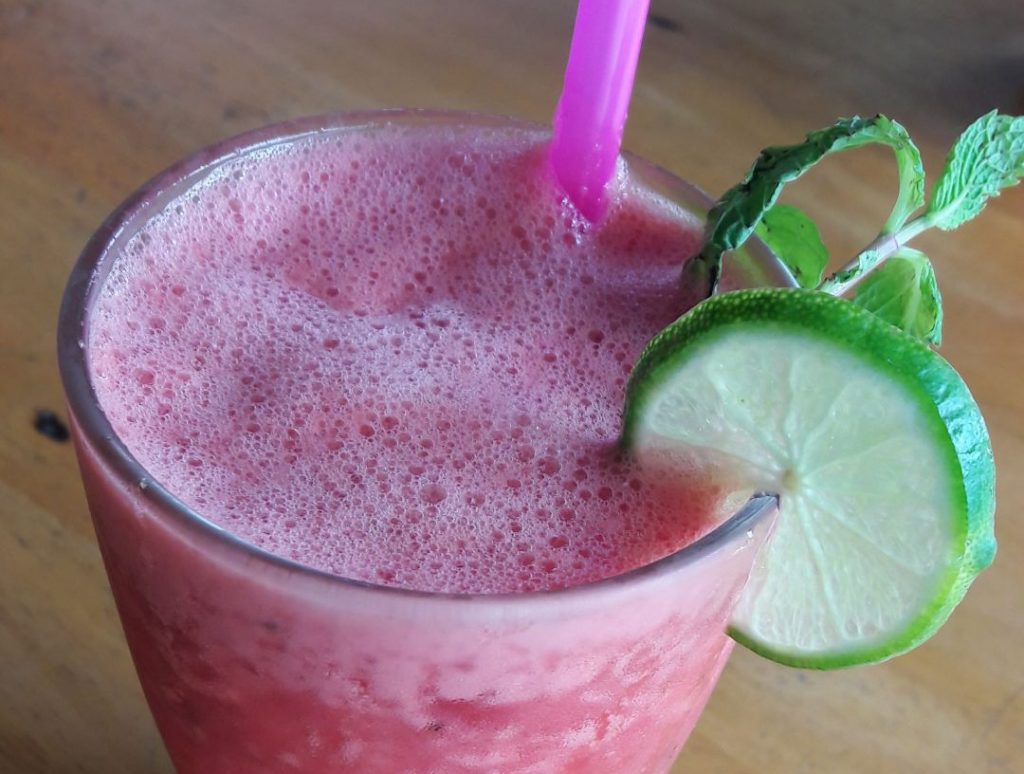Over the 16 years that Ananda Yoga & Detox Center has been operating its detox programs, the number of guests who come to us with Candida yeast overgrowth-related ailments has increased each year. They come to us experiencing fatigue, digestive issues, skin issues, mood swings, uncomfortable vaginal irritations, and many other seemingly inexplicable symptoms. We have been able to help most of them on the road to self-healing. The first step to self-healing is, of course, education so we thought we would share a little more of what we know and why the anti-candida diet is so important to your continued health.
What exactly is Candida?
It is believed that everyone has candida yeast existing as a part of their microbiome in their guts. A normal microbiome is composed of 85% beneficial bacteria and 15% pathogenic microbes, with this 15% to be a content of various bacteria and yeasts. An imbalance to this symbiosis due to antibiotics, hormones, bad diet, stress, and heavy metals levels, and will lead to an overgrowth of the pathogenic microbes.
In a balanced microbiome candida aids with digestion and nutrient absorption. When out of balance, however, it breaks down the wall of the intestine and penetrates the bloodstream, releasing toxic by-products into your body and producing a wide variety of symptoms.
Over 1500 different yeast species have been identified. They are single-celled organisms and belong to the kingdom of fungi, which are decomposers. They are their own life form being partly vegetative, partly animal, and partly bacterial in nature. It is this ability to adapt and change the form, or shapeshift, that causes them to be so hard to eradicate from the human body. They primarily feed on carbohydrates from glucose and fructose, but there are some species that can devour maltose and sucrose also. About 400 of these fungal species can be pathogenic to human bodies. Luckily, a significant percentage of these can’t grow at a temperature of 37°C, our body’s natural temperature. Still, for at least 150 Candida species, 37°C is a perfect temperature.
The most common yeast species that can have an impact on the human body are, Candida albicans, Candida glabrata, Candida tropicalis, Candida parapsilosis, Candida krusei, Candida guilliermondii, Candida rugosa, and Candida lusitaniae. Of these the Candida albicans species is most often related to yeast-related infections. In fact, Candida albicans has been identified as being responsible for two-thirds of the fungal yeast infections worldwide.
More about Candida Albicans
Candida albicans can survive in a pH range of 2.5 to 8.0 and thrives at a temperature range of 20°C to 40°C. When exposed to a pH under 6 (acidic environment), it grows into a yeast form. When exposed to a pH over 7 (alkaline environment), it shifts to a hyphal pathogenic form. All pathogenic yeasts build a biofilm over themselves as a means of protection from the host’s immune system, making them extremely tricky to eradicate.
Why do they thrive?
The survival and multiplication of Candida within the human body depends on a number of factors, including oxygen (although some species can survive in an anaerobic environment), pH environment (they can survive in a pH range of 2.5 to 8.0), food supply, and immunocompromised hosts, such as people with HIV, diabetes, cancer patients and those who use antibiotics or steroids.
Knowing this we can understand how the choices we make determine the kind of breeding ground we provide to candida. Over breathing, though lack of education, anxious forms of breathing, and stress can increase the oxygen levels in our body to almost toxic levels. Poor diet produces higher acidity levels in our bodies as well as providing candida with its favourite snacks. The use of antibiotics throws out the balance of the microbiome, killing good bacteria as well as bad bacteria and allowing for further growth of candida.
So why does candida thrive? Because we allow it to.
How to begin your natural healing journey
At Ananda Yoga and Detox Center Thailand, we believe in taking your health into you own hands by educating yourself and applying that information to your lifestyle choices. We offer three key elements to help you on this journey.
- The detox, or supported fast, program: Fasting and colon cleansing allows for a “reset,” an opportunity for the body to rest. We also use this time to advise on the proper use of probiotics. You can read numerous articles about our approach here
- Daily meditation and yoga classes: Meditation and yoga are critical to the control of anxiety and stress and this, in turn, affects the quality of our breathing and our blood oxygen levels. The movement also aids in detoxification, circulation, and overall wellbeing. Read more about that here
- Education: We provide educational resources including blogs such as this, an on-site library of relevant books, and the guidance and experience of our detox advisors.
Recommendations
In terms of dealing with a candida overgrowth please see our anti-candida program for detailed instructions on starting and maintaining an anti-candida diet. Please understand that the anti-candida diet is a long-term commitment as it will take time to tackle years of persistent pollution to your system.
We can, however, offer you the inspiration of our guests, many of who now treat their symptoms with annual visits to our center and a rigorous adherence to the detox diet. By doing so they have been able to treat the underlying cause of symptoms such as dry and flaking skin, eczema, acne, rosacea, joints pain, muscle aches, hyperacidity, acid reflux, gluten, casein intolerance, irritable bowel, constipation, diarrhea, gas, abdominal bloating weight changes, personality changes, mood swings, inability to think clearly, and brain fog. As with any health-related issue we advise medical consultations before beginning any treatment.



